Atina’s Natural Extracts Portfolio
Creating standardized high performing ingredients out of variable plant materials is a major challenge. Once supply chains are structured, Atina ensures the standardization of the final ingredients, which means reducing to a minimum the variations in the chemical composition of the raw material that may be associated with climate, soil and the plant life cycle. Standardization begins with understanding variations, which requires collections and extractions in different seasons, sometimes over a few years.
It is also important to look for different sources of supply, so that variations linked to climate and soil can be investigated. The innovative high performing extracts displayed below have not only gone through this long development process but have also been tested and adopted by various renowned brands. We are proud to offer these products to our clients:
Anthocyanox®

Anthocyanox® is an anthocyanin standardized wonder-extract from the berries of the Juçara palm tree that grows only in Brazil’s Coastal Atlantic Rainforest. From the berries of Juçara Atina produces a burgundy-colored extract that has a very high anthocyanin concentration. Juçara berries have more than 11,8 times the concentration of antioxidants found in Açaí berries, another Brazilian palm tree. Clinical tests conducted in France QIMA laboratory have confirmed anti-oxidant effectiveness materially higher than most other natural ingredients.
Applications:
Anthocyanox® can be applied to creams and lotions, body butters, lip balms, hair lotions and make up products on concentrations varying from 0,5% – 5,0%.
Aloe Vera dry extract provides antioxidants, as well as vitamin C and E, to help firm and hydrate the skin, improving its elasticity. Atina’s dry Aloe Vera extract (200:1) is less hygroscopic than freeze-dried extracts on the market, making it easier to handle, formulate and store. Atina’s Aloe Vera is sourced from an organically-certified extractive community in the State of Sao Paulo.
Aloe Vera
Dry Extract
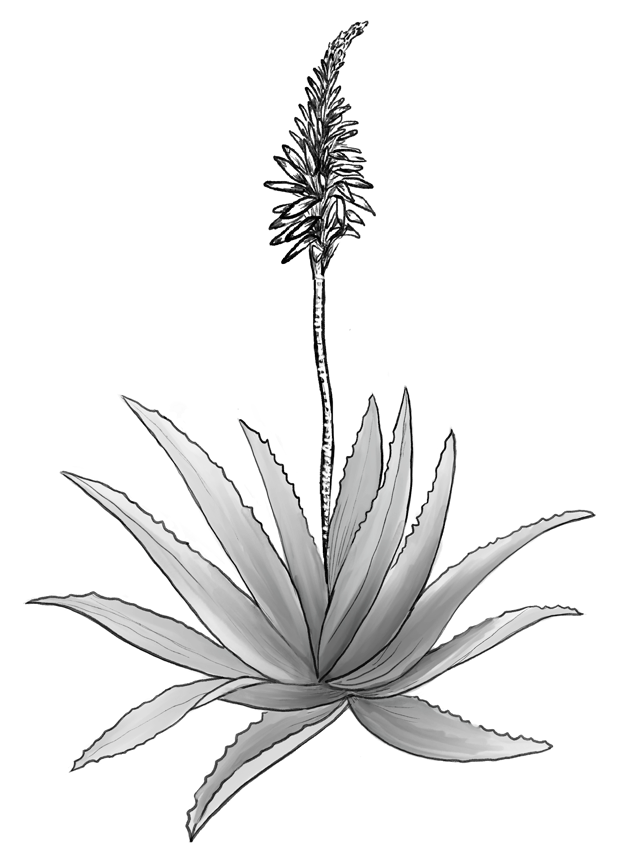
Aloe Vera
Dry Extract

Aloe Vera dry extract provides antioxidants, as well as vitamin C and E, to help firm and hydrate the skin, improving its elasticity. Atina’s dry Aloe Vera extract (200:1) is less hygroscopic than freeze-dried extracts on the market, making it easier to handle, formulate and store. Atina’s Aloe Vera is sourced from an organically-certified extractive community in the State of Sao Paulo.
Babassu Collection
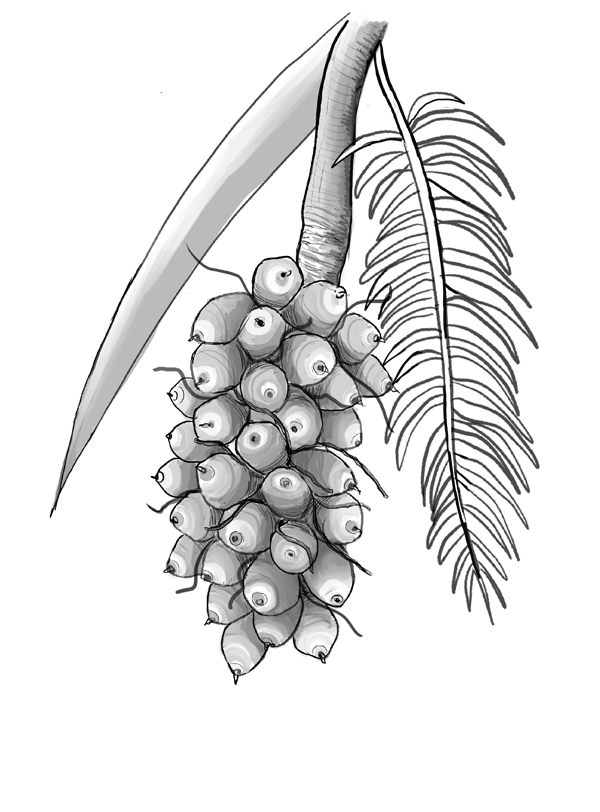
Wawhite
Wawhite is produced from the mesocarp of babassu flour through physical processes. It is a white powder with spherical particles, high in oil adsorption and promoter of the matting effect, sliding and velvety soft skin finish are some of its properties. In the sensory assessment by perceived efficacy after skin application, some attributes were observed in Wawhite as: spreadability, absorption, matte effect, no rolling and white residue.
Wawhite is generally recognized as one of the most effective natural substitutes for microplastics (PPMA) in cosmetic formulations and is being tested by many global clients in anticipation of upcoming international conventions preventing the adoption of PPMA in cosmetic products. Reach Annex XV (ECHA) as well as Regulation N1233/2009 indicate the discontinuation of PPMA in cosmetic products by 2028, the latest.
Applications:
Wawhite can be applied to body lotions and butters, balsams, creams, lip balms, bar soaps, hair products, deodorants and make up products, on concentrations ranging from 1,0% – 10,0%.
Babassu Oil
Babassu Oil is produced from the babassu endocarp, Babassu oil is obtained from the cold pressing of kernels extracted by hand from the nuts of Orbignya oleifera.
Applications:
Babassu oil can be applied to body lotions and butters, balsams, creams, lip balms, bar soaps, hair products and shower gels. Usage can range from 1,0% – 50,0%
Babassu Scrub
Babassu Fiber Scrubs are made from babassu mesocarp through a friendly chemical process and physical processes of drying, size reduction and sorting. It is apparently a brown powder, with particles between 300 and 710 µm.
Applications:
The Babassu Scrub can be applied to facial gel and scrub formulations, body scrubs and exfoliating body creams. Concentrations vary from 5,0% – 18,0%.
Atina’s Glycolic Extract Collection offers an array of natural products that are sustainably sourced and biodegradable. The recommended concentration for usage in multiple formulae varies between 2,0% – 5,0%. These extracts provide calming, antiseptic, bactericide and antiallergic benefits to normal to sensitive skins.
In addition to the glycolic extracts listed below, Atina has the equipment and capacity to outsource and prepare new natural extracts from sustainable sources. Reach out to our team if you’re looking for a specific extract.
Atina’s Glycolic Extract Collection offers an array of natural products that are sustainably sourced and biodegradable. The recommended concentration for usage in multiple formulae varies between 2,0% – 5,0%. These extracts provide calming, antiseptic, bactericide and antiallergic benefits to normal to sensitive skins.
In addition to the glycolic extracts listed below, Atina has the equipment and capacity to outsource and prepare new natural extracts from sustainable sources. Reach out to our team if you’re looking for a specific extract.
Camomille
Chamomile chamomilla recutita (L.) Rauschert or chamomilla is a plant of the Asteracea family originally from the Mediterranean. Chamomile is widely used as a medicinal plant all over the world. As the best known property of this plant, its calming action stands out. In cosmetic applications it can be used as: anti-inflammatory, antiseptic, emollient and cicatrizant.
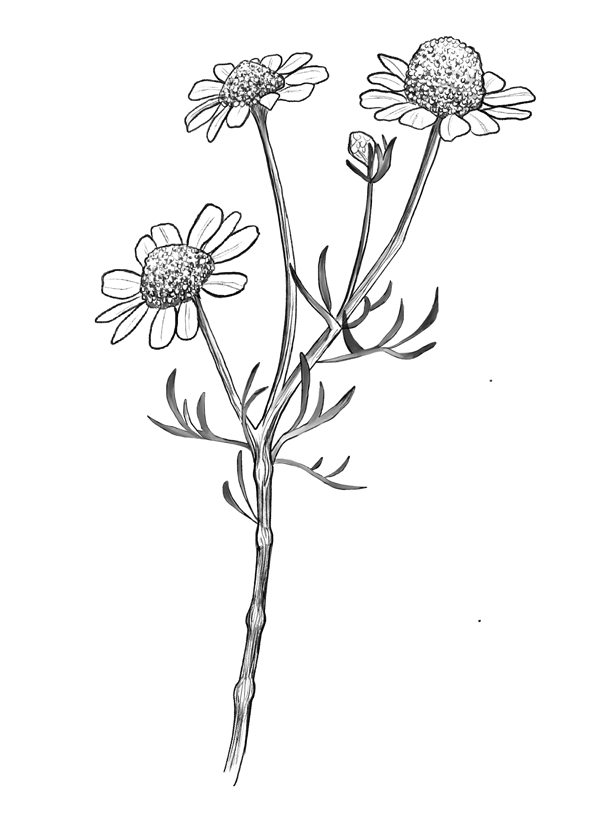
Fennel
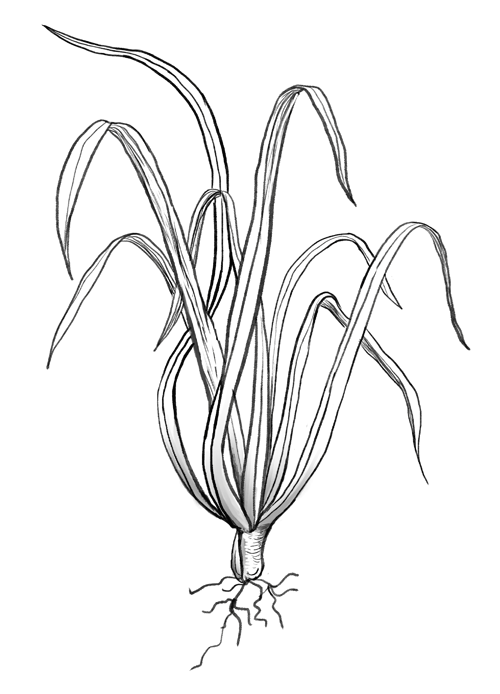
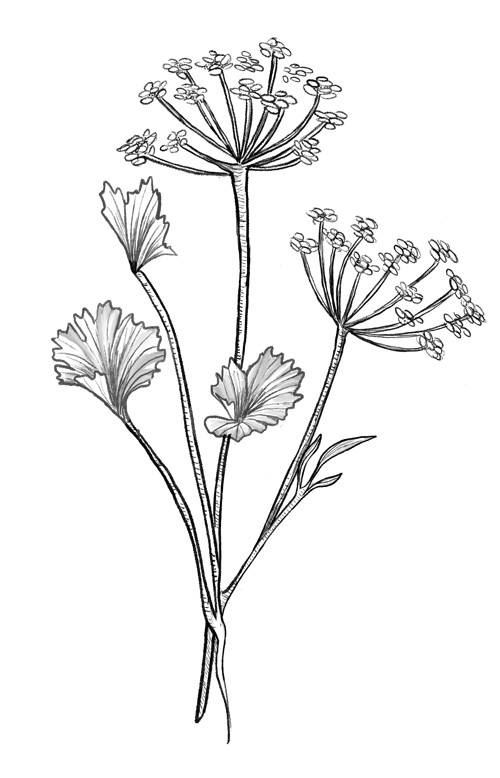
Fennel, Pimpinella anisum L., (Apiaceae), also known as anise, is native to countries in Asia, Egypt and Greece, and cultivated in Turkey, Russia, Latin America and Brazil. For medicinal purposes, fruits, roots and sometimes fresh leaves are mainly used. Its essential oil is extracted from its fruits. It can be used in cosmetics as a hair growth promoter, astringent, analgesic and antioxidant, in addition to its calming, refreshing and antiseptic action.
Lemongrass
Belonging to the same family as daisies – Asteraceae- calendula (Calendula officinalis) is native to southern Europe and closely related to the sun. Interestingly, this flower opens its petals as soon as the sun rises and closes them the moment it is gone. Rich in flavonoids, carotenoids, polysaccharides, triterpenic saponins and coumarin, calendula glycolic extract can be used in cosmetic formulations as an anti-inflammatory and anti-oedematous agent. It can also be used as an emollient, toning, healing, soothing, cooling, anti-allergic, anti-acne, anti-septic, bactericide. Suitable for sensitive and delicate skin.
Calendula
Belonging to the same family as daisies – Asteraceae- calendula (Calendula officinalis) is native to southern Europe and closely related to the sun. Interestingly, this flower opens its petals as soon as the sun rises and closes them the moment it is gone. Rich in flavonoids, carotenoids, polysaccharides, triterpenic saponins and coumarin, calendula glycolic extract can be used in cosmetic formulations as an anti-inflammatory and anti-oedematous agent. It can also be used as an emollient, toning, healing, soothing, cooling, anti-allergic, anti-acne, anti-septic, bactericide. Suitable for sensitive and delicate skin.
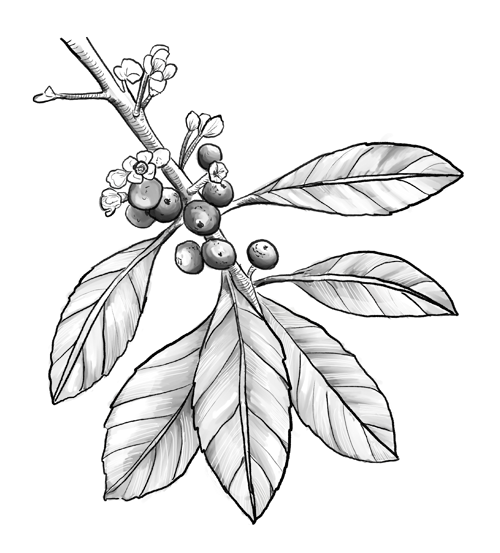
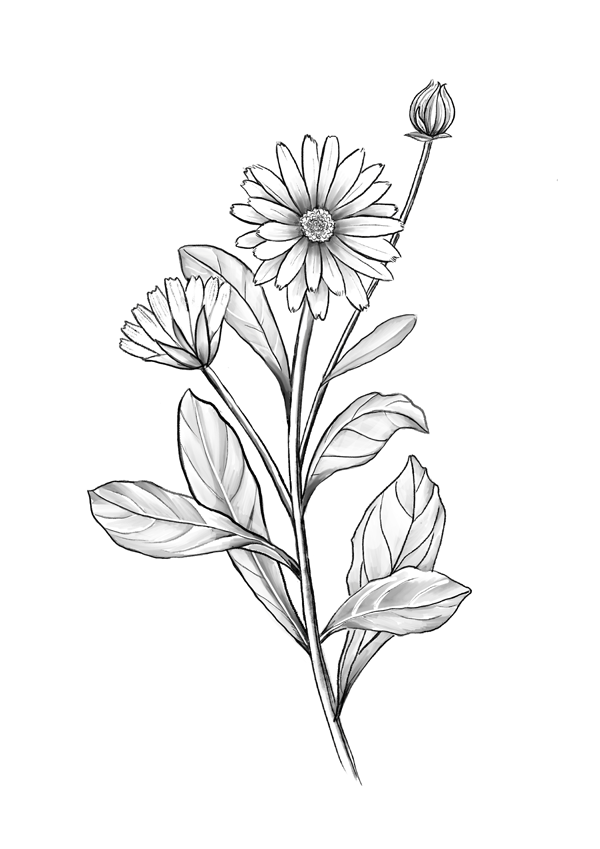
Yerba Mate
The Ilex paraguariensis St. Hill of the Aquifoliaceae family originated in South America, and has been known since ancient times by the Tupi-Guarani traditional inhabitants of Brazil, Paraguay and Argentina, who called it “ca-á”. The chemical composition of yerba mate consists of: saponins, tannins, polyphenols, methylxanthines, vitamins, alkaloids, including as main constituents: caffeine, theophylline and theobromine. It can be used in cosmetic applications to increase blood circulation, which helps in the treatment of cellulite and localized fat; combat and prevention of premature aging of the skin and hair and action against free radicals; inhibits the destruction of collagen; natural photoprotector; anti-inflammatory effect; reduction of oxidative stress of the skin.



